What is the best heating / cooling system for a new build?
Agonising over what mechanical system(s) to install in a new build. Currently in the process of getting a Pre-Construction Energy Compliance Report generated as well as Heat Loss and Heat Gain Report CSA F280 so that will help us size whatever system we choose.
SE BC and we're Climate Zone 6 on any colour coded map. That said we're pretty much guaranteed to see at least a week of -40 each winter and several weeks above 35C / 95F in summer.
2x6 @ 16" O.C. with R24 Rockwool in the cavities and 3" Comfortboard (R12.6) outside the sheathing. On the interior of the vapour barrier there will be a 2x4 service cavity throughout the house to minimise perforations in the vapour barrier and insulation. It's not going to be a passivehaus level build but from a preliminary report our energy advisor has said he expects the house will be "very efficient and the heat load will be very low".
I will have a HRV specc'ed by a mechanical contractor once my energy reports are complete.
I just don't know how to handle the heating/cooling of the building.
I've never really been a fan of floor registers. If it's feasible I'd like not to have any forced air at all but comfort and efficiency are the priorities. The house is fairly modest and wall/floor space is at a premium.
We like the idea of in floor for the toasty feet but I've read accounts of it being a disaster in an efficient envelope. You set the thermostat and get your toasty warm feet but then it's too hot so you crank a window and lose all that heat energy, until it cools below target temp and the cycle repeats. Could you just lose the "toasty warm" aspect, set the thermostat a little lower and avoid this?
Mini splits with wall or ceiling units could work, but we have to have electric or backup gas in our area and I don't know how that would work. Most likely you end up having 2 distinct systems which seems pointless and overly complicated.
So we're back to some sort of forced air. Tougher with a slab on grade. A crawl space is possible although not my preferred route. Or running ducts within interior 2x4 walls and/or floor/roof trusses.
I'm just going round and round in circles on this. I've been thinking it over for weeks/months and can't come to any conclusion. Any thoughts from the experts here would be appreciated.



















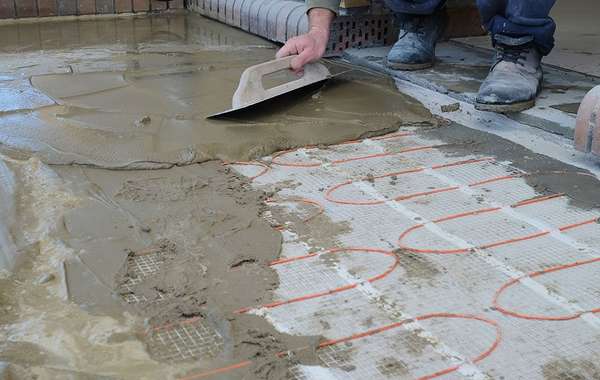

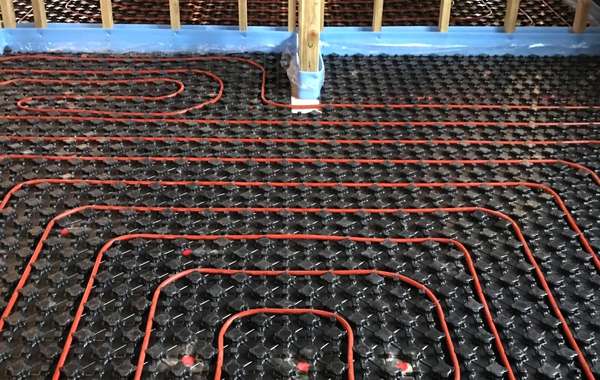
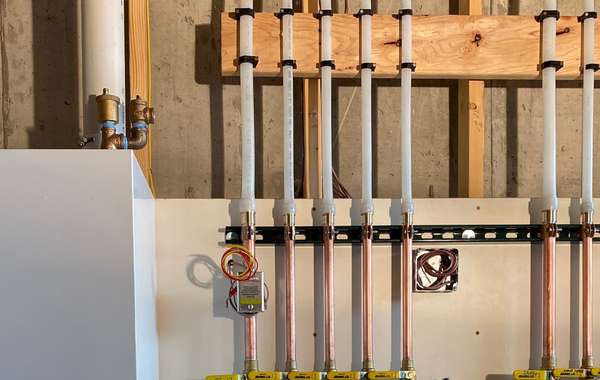
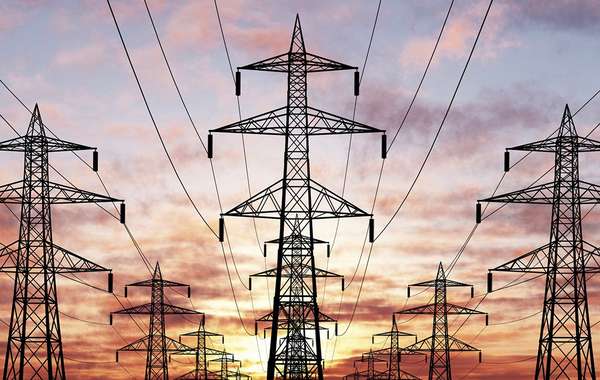

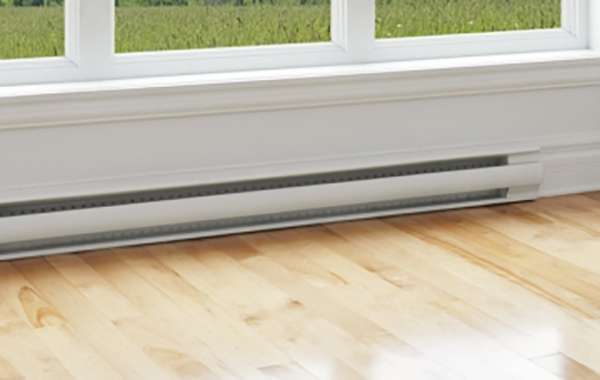
When you build to Passive House standards there are often exemptions for smaller heating and cooling systems, but without certification you still need to meet permitting requirements you just wouldn’t use the system as much.
Your concerns about radiant floors overheating are real, but you can work around that in a few ways. Having temperature sensors in the floor rather than chest height air temperature thermometers means they can react more quickly. It is mostly hydronic radiant systems (water or glycol) that overheat, whereas electric wire heating systems shut off instantly.
Also air heated radiant floors don’t overheat as much as liquid hydronic under floor heating due to the fact that air cools down much faster than water, so they tend not to overshoot the mark. Here you can compare various in floor heating -
Which under floor heating system is best; liquid hydronic, electric wire or air tubes?
As for other options, we are strong advocates of choosing electric heating over fossil fuels which ever that may be. You can have electric boilers instead of gas, electric furnaces instead of gas, and best of all would be an electric heat heat pump for heating and cooling as they are about 3 times more efficient.
You say you don't like floor heat registers, but some heat pump options to improve efficiency but not have them could be either air to water heat pumps for hydronic radiators or floors, also wall mounted mini split heat pump heads. That's a lot to read and digest, please look over those pages and let us know what you think and please ask any follow ups if we can help more.